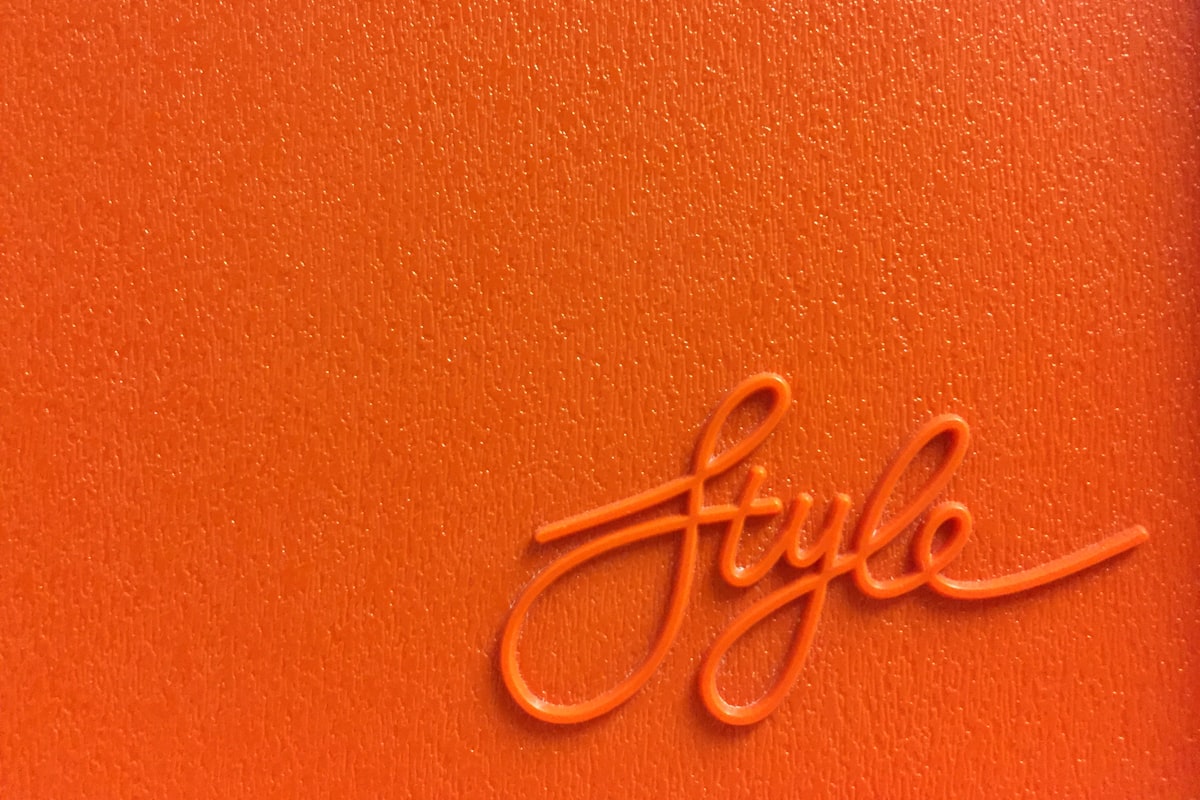Why I haven’t found my style (and how I plan to)
The style struggle is real! How an episode of The Sketchnote Army is helping me navigate a particularly awkward artistic challenge.

I haven’t yet found my drawing style and I’ll admit: I sometimes wonder if I ever will.
“What exactly is a style anyway?” I ponder as I scritch away in my sketchbook.
“Can a style be many styles?”
“How will I know when I’ve found it?” 🧐
I feel kind of ridiculous experiencing so much angst over a practice I love so deeply, but the struggle is real: not knowing my style has sincerely gotten under my skin.
Thankfully, the wonderful folks at the Sketchnote Army Podcast had a lot of great tips to share during a recent episode, which has been helping me feel a lot less lost and a lot more encouraged.
Here are the tips that have been playing on repeat in my mind:
Tip #1: Show your work. Show your evolution. Honor your path. (Kris Neckelmann)
When you show your work, you honor all the things that have brought you to where you are now, and this helps you begin to understand what you’ve learned along the way. Showing your work can also provide a source of inspiration to others who are just getting started on their journey by allowing them to see how you’ve evolved over time.
Kris’ tip reminded me that I can’t look backward until I move forward. If I’m struggling to see my style in my work, it’s likely I haven’t put in enough pencil miles to begin seeing patterns, which leads me to Tip #2…
Tip #2A: Shut up–DO IT! Practice again and again! (Andreas Gaertner)
If you don’t do it more than once, you’re not going to get better...
and...
Tip #2B: Practice! Quantity is more important than quality when it comes to practice. (Adrien Liard)
Want to get better? Practice–and practice again. People are usually looking for shortcuts (what brush are you using?) but there’s no magic stick to getting good. One reason people might have problems with this advice, though, is that a lot of people don’t know what to practice. Adrien’s tips for practicing effectively? Practice regularly and remember that quantity is more important than quality. (Want to draw bikes? Draw 100. By the time you finish, you’ll likely be able to draw one from memory.)
Tip #3: Constraints will help keep you on track. (Tanmay Vora)
Constraints such as limiting your tools can help you become more effective at conveying your idea and this can also help bring out our own unique style.
Tanmay’s tip motivated me to rethink my tools. Lots of tools beget lots of options, many of which might run counter to each other based on how each unique tool performs.
Trying to dial-in my drawing and hand-lettering style with markers, pencils, watercolors, pens, and an iPad might be asking a little too much of myself. Simplifying my tools might help shine light on what I like most (and eventually, my style) by noting what I choose to keep coming back to.
Tip #4: Get inspired by learning by people online across disciplines (Paul Mignard)
You can get a lot of inspiration from looking at other people’s work and this can also expose you to different disciplines where you can see how others tackle different concepts. It’s a great way to meet new people, learn new ideas, and see what other people are doing.
I’m a rookie when it comes to drawing and sketchnoting, and lately, I’ve been noticing a shift in how I think about my work. The more I’m exposed to the work of others who inspire me, the more I feel a need to choose a consistent style. The only problem with this, however, is that I haven’t done enough exploring to know what’s really out there and where I intersect in the mesh of things.
It’s taking a while to sink in, but I’m realizing finding one’s style can’t be rushed with any one methodology. It’s a process of self-discovery through exploration, time, and consistency, and my focus should be on creating, sharing, and observing. Moving forward, rather than wondering what to do if two elements I love don’t work well together and feeling pressure to choose just one for the long-haul, I’m going to try to accept the ‘not knowing’ and allow the process to lead the way.
A big thanks to the Sketchnote Army Podcast for their ongoing inspiration and wisdom. Definitely check them out if you’re interested in hearing more from sketchnoters and their work. You’re in for a treat!



